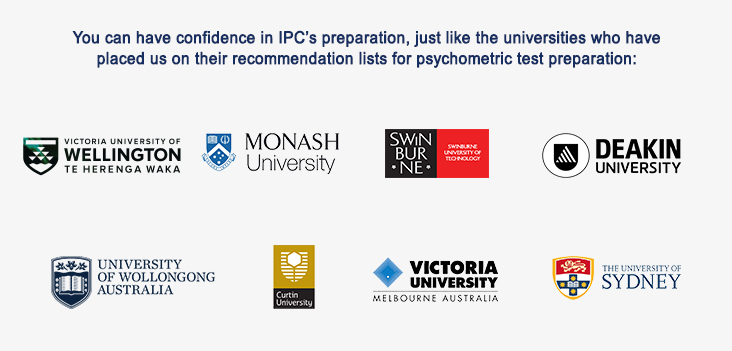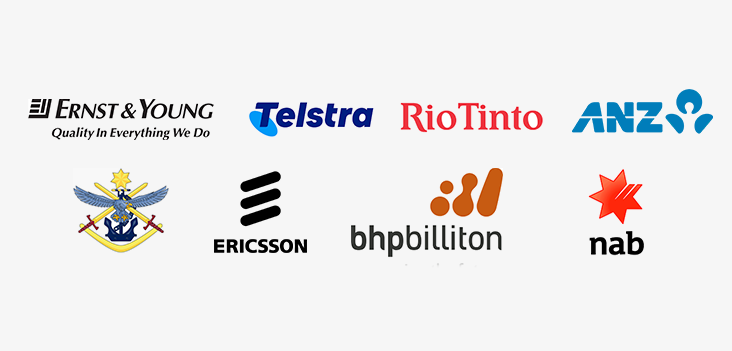How to use STAR approach to master your interviews
The STAR method is a structured approach to reply to behavioural based interview questions. The STAR approach allows you to focus your answers to what the interviewer seeks to learn about you. The STAR approach structures your answer around the situation, the task, the action you took and the result of your action.
The interviewer is very interested in learning about your action/s, as this allows them to understand how you are likely to respond in a similar situation. It is important for the interviewer to understand what the context of your action/s are, as this enables them to assess your action/s.
The Situation (S):
In this section of the STAR approach, you need to describe the situation that you were in or the task that you needed to accomplish. You must describe a specific event or situation in your work or personal history. You cannot provide a generalised description of what you have done in the past. It needs to be a specific incident.
When you provide information about the situation, be sure to give short but concise details for the interviewer to understand. Be careful not to go too long with your description. This situation can be from a previous job, from a volunteer experience, or any relevant personal event.
The Task (T):
In this section of your answer, you need to describe to the interviewer what goal were you working towards. Again, this needs to be a very short description to allow the interviewer to understand what your role in this situation was and what were you trying to achieve. Use a simple and short description.
The Action (A):
In this section of your answer you need to describe the actions you took to address the situation. Here, contrary to the previous sections, you will need to provide a good amount of detail and keep the focus on what you did (not what others have done). In this section, you will need to offer specific steps you took and explain why you took them. Remember that here the focus is on you. Hence, avoid describing what others did but focus only on what you did.
The Result (R):
In this section of your answer, you need to describe the outcome of what you did or your actions. In this section you can describe how the situation ended or what you accomplished or what you learned from this situation. Make sure that your answer includes several positive results.
Example STAR interview answer:
The Situation (S): sales of air-conditioning were dropping and a large number of big clients disappeared.
The Task (T): my target was to increase sales.
The Action (A): I contacted old clients and arranged meetings with them. In these meetings I listened to what they had to say about the company. I offered them a new deal -which was an after sale service - free of charge, to add value to the company’s offering. I also found from the feedback meeting I had that our response time was too slow. So, I created a dedicated team that answered calls within 1 minute. In addition, I initiated a 1 day return policy, in which we have to provide a quote within or no later than 1 day.
The Result (R): I was able to get back around 10% of the clients the company lost which increased the company’s sales by 13% in the following year.
Common mistakes in using the STAR approach:
Many people tend to focus on and elaborate the Situation and the Task and spend only a few seconds on the Actions they took. However, the Actions are the main or sometimes the only aspect that the interviewer is interested to learn about you from the question. This means that you might feel very good after providing a long and detailed answer but if the Action section was very short, your interviewer may have not gained any knowledge about you and you will not pass the interview.
Another common mistake in the STAR approach, is that people tend to describe in length what the team or others did instead of focusing on what they did. The interviewer is only interested in what you, the candidate did, as only this information allows them to predict how you are likely to respond to a similar situation at work.
A very common mistake is to be shy in describing your actions and outcomes, thinking that you do not what to come across as condescending or too full of yourself. It is very important to focus on your actions and results and allow yourself to take credit for your achievements, as this is very important for the interviewer to understand when assessing you.
Candidates sometimes use examples that do not paint them in a positive light. This is a very costly mistake, as you do not want to demonstrate a negative side of during an interview. Even if you think that this might give you some honesty points; it will not.
How to prepare for a STAR approach interview:
- Try to list recent situations that show positive behaviours that relate to what the interviewer might ask.
- Prepare short descriptions of each situation based on STAR and be ready to offer details about your actions.
- Ensure that the outcome or result shows your capabilities.
- Only focus on the specific situation and don't generalize about several situations.
- Ensure that you use different situations for different interview questions to show the interviewer more of your prior relevant history.









